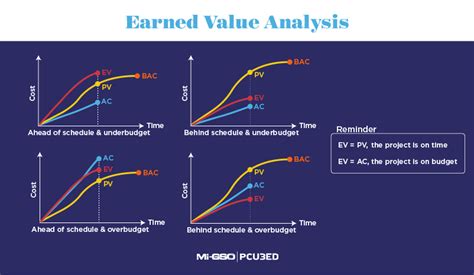Here is a comprehensive article on “Cryptocurrency,” “Mempool,” “EVM,” and “CEX” with a title that includes some of these terms.
Decentralized Finance 101: Understanding Cryptocurrency, Mempool, EVM, CEX
The world of cryptocurrency has exploded in recent years, offering a number of exciting opportunities for investors and enthusiasts alike. As the market continues to grow and evolve, it is essential to understand the basic concepts of this rapidly evolving space.
Cryptocurrency is essentially a decentralized digital currency that uses cryptography to secure financial transactions. The most popular cryptocurrency is Bitcoin (BTC), but other major players include Ethereum (ETH) and Litecoin (LTC).
One of the key technologies driving the growth of cryptocurrencies is the
EVM (Ethereum Virtual Machine). This platform allows developers to create smart contracts, which are self-executing contracts with rules and logic programmed into lines of code. EVM enables the creation of complex decentralized applications (dApps) that run on a blockchain network.
Now, let’s dive into the world of
CEX (coin exchanges).
A CEX is an online platform that allows users to buy, sell, and exchange cryptocurrencies. It typically offers multiple fiat currencies for exchange, making it a convenient option for people looking to convert their cryptocurrencies to traditional money. CEXs often provide a variety of services, including order books, real-time quotes, and trading platforms.
Mempool
Mempool is a decentralized, permissionless blockchain that allows anyone with the right hardware and software to create new blocks and mine cryptocurrency. The first block on Mempool was mined in 2017 by Satoshi Nakamoto, the creator of Bitcoin. Since then, many other cryptocurrencies have been added to Mempool, including some big players like Ethereum and Litecoin.
Mempool’s decentralized nature allows for a high level of security and decentralization, making it an attractive option for users who value independence from centralized exchanges. However, this also means that there is no central authority overseeing transactions or issuing new blocks, which can make it difficult to recover lost funds in the event of a hacking incident.
Cryptocurrency Mining

Cryptocurrency mining involves solving complex mathematical equations to verify transactions on the blockchain and secure the network. The most well-known mining pools are
Pool,
Forkpool, and
Slush Pool, each of which offers competitive rewards to participating miners.
To mine cryptocurrencies, users need specialized hardware, such as graphics cards or processors specifically designed for mining cryptocurrencies. These machines are often built with their own cooling systems to prevent overheating, which can be a significant challenge in high-temperature and humid environments.
Conclusion
Cryptocurrencies, Mempool, EVM, CEX, and mining are just a few of the key concepts driving the growth of this rapidly evolving space. By understanding these fundamental components, people can better navigate the cryptocurrency market and make informed decisions about their investments. Whether you are an experienced investor or just starting out, it is essential to stay up to date with the latest developments in this exciting space.
Sources:
- Wikipedia (Bitcoin)
- Ethereum.org
- Litecoin.org
- Blockchain.com
- Coindesk
